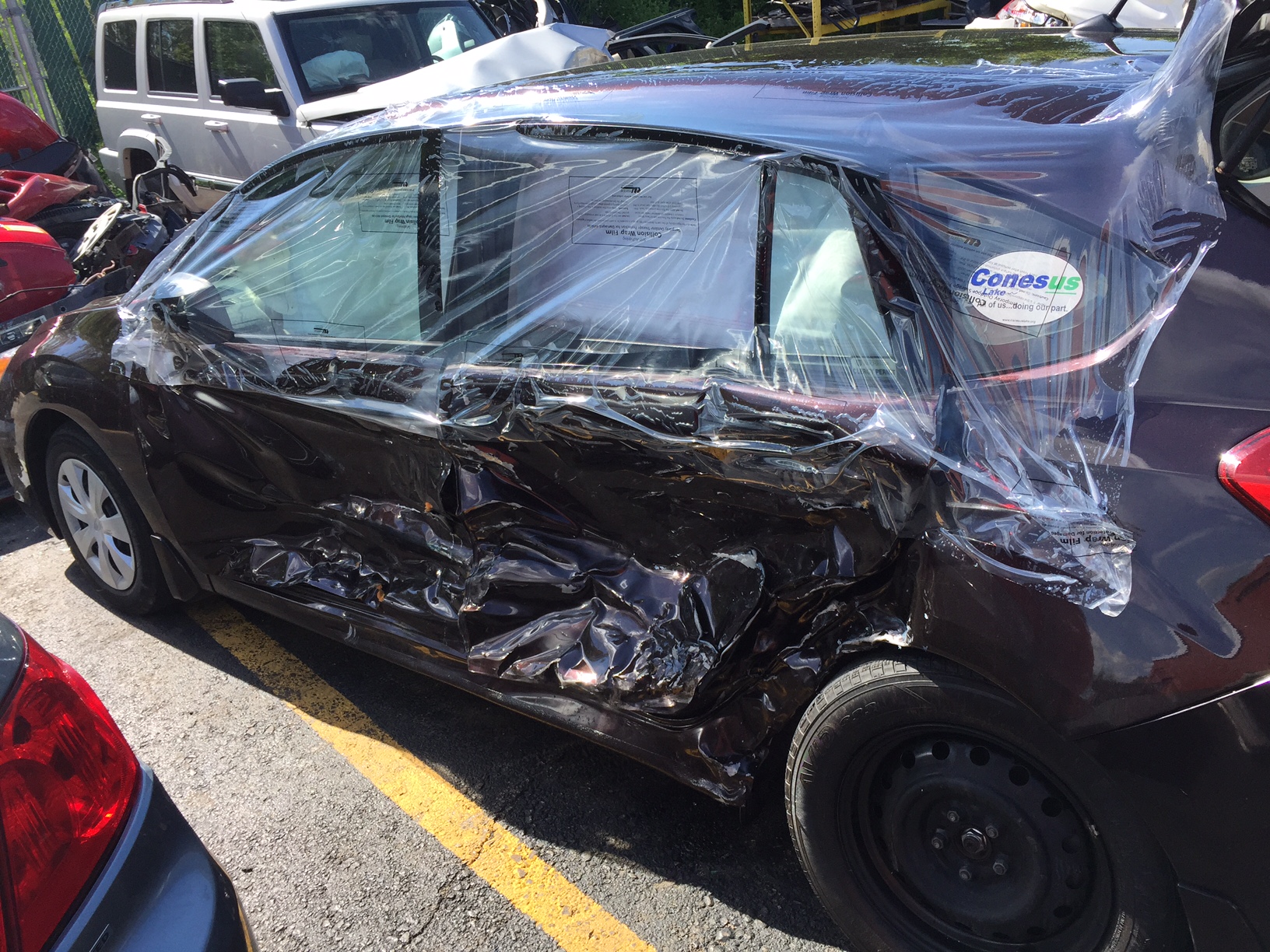For successful individuals, an Umbrella Policy is a smart idea and a cost-effective tool to protect your life savings from a liability suit. An Umbrella policy covers you if you exceed the liability coverage limits on your home and auto insurance. For around $200 to $300 a year, you could be covered for another $1 million, and have the option to increase this up to $5 million.
The liability limits on home and auto policies are typically much too low to insulate you from the potential costs you could face today. While the state may only require $50,000 in auto liability, this is not going to cover the cost of hitting a fancy car or worse, if you were to injure or kill people on the road. If the injured person has costs greater than your liability coverage, their next step: sue you. Even if they don’t do it, their insurance company will to recover their damages.
Your first and best line of defense is an Umbrella Policy. If a claim (or lawsuit) were to exceed your liability limits, the umbrella coverage will kick in so that you would not have to pay out of pocket or have a judgement that could take years to pay.
Your liability for vehicle damage would be limited to the value of another vehicle. I recently saw a Porsche 918 on the road, which has a base price of $847,000. There are tons of very expensive cars on the road in Dallas. But vehicle damage is easily quantifiable. What is scarier is injury liability. Besides the fact that hospitalization and surgery can costs tens of thousands of dollars, you could also be held liable for physical therapy, loss of income, and intangibles such as reduction in quality of life or pain and suffering. Is that something you would want to leave in the hands of a sympathetic Jury?
Even if you increase the liability limits on your home and auto policies to the maximum, that may still only be $250,000, $300,000, or $500,000. Attorneys and insurance companies have decades of research and experience in determining who would be worth their time suing. So even though your net worth is not public knowledge, if you have wealth, you are a likely candidate.
I’ve primarily described auto accidents, but you could also be held liable for a visitor who was injured in your pool or hurt anywhere on your property, even if uninvited. An umbrella policy could also cover liability if you have a motorcycle, RV, ATV, or boat. It can protect you from liability for libel, slander or defamation. Umbrella policies cover the same individuals as your home and auto, which is typically your whole household. And it covers them anywhere they go, even if on vacation, or in a rental car.
What does an umbrella policy not cover? It does not cover your personal property, contract disputes, business activities, or intentional / criminal activities. Be very careful about saying you are driving for business, because this could negate coverage under your personal and umbrella policies. These policies cover commuting – driving to your place of work, which is not the same as business travel. This is especially vital if you are self-employed. If you use your home for a business, such as a day care, that would not be covered by an umbrella policy.
We spend years planning and carefully growing your nest egg, all of which could be destroyed in a moment because someone got hurt in your house, or because your teenager was distracted for a moment while driving. It’s not worth risking everything when an umbrella policy only costs a few hundred dollars a year.
To get an umbrella policy, you typically will need to have your home and auto policies with the same insurer and have your liability limits at the highest levels. If this makes your insurance too expensive, consider increasing your deductible, especially if it is just $250 or $500. Instead aim for $1000. When you buy an umbrella policy, this may also be a good time to shop your policies to multiple carriers, as you will likely coordinate your home, auto, and umbrella policies with one company.
This information is for educational purposes only and not a guarantee of benefits. Always read your policy fully to understand your coverage and all exclusions.





